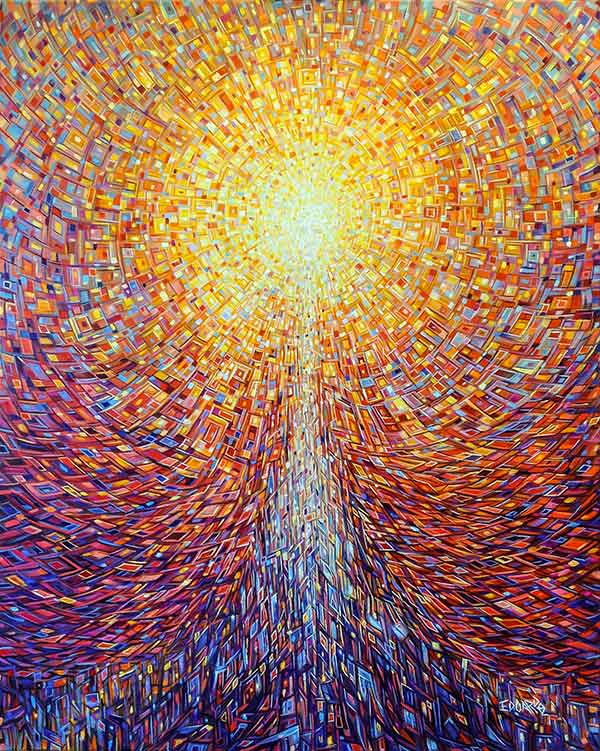Subtotal: $
Checkout
When the Lord Ascends
With the Ascension, a connection is torn asunder and our souls are freed – a freedom whose source is the ascending Son, a freedom toward God.
By Adrienne von Speyr
May 9, 2024
When the Lord ascends into heaven, it is as if some connection that previously existed were torn asunder. His life on earth among us sinners, his participation in the sinful world, has come to an end. This rupture at the Ascension is a symbol of absolution. We, too, who have been absolved, cease for a moment to be what we were; a connection is torn asunder, a world is left behind us, and our souls are freed, for a moment at least, for the ascent to God. The soul no longer knows itself, because the rupture between it and what was is now fully real, because what was once a physical reality interwoven with sinful significance has become unreal and ineffective. We are free with a freedom whose source is the ascending Son, a freedom toward God, better discipleship, becoming a new person. Even if consequences of our sins accompany us, they no longer have the vitality of the sins to which they belong. If we were called by God’s judgment to perform more penance for these sins, we could perform it in the spirit of this new existence as children. “The bonds are broken, we are free.” Whoever does not understand this breaking of the cord has misunderstood the primary meaning of confession. Yet it is not our understanding that notices it; it is our loving faith whose visage has been transformed and that enables us to see with new eyes. It opens to us a new awareness of love.

Eduardo Rodriguez Calzado, Ascension. Image used by permission.
The Lord bore our sins to the Father, and the bearing of this burden brought him death on the cross. Only in this way was he able to deal with our sins. On Good Friday, he held their entire terrible burden once more, and this was the condition that enabled him to experience the lightness of ascension, of a weightless departure to the Father. The Lord gives us the same light, weightless separation in absolution.
How many Christians (priests and religious included) leave the confessional without a trace of elation and relief! They have admitted their small, everyday sins, their disgust, impatience, dissatisfaction, harsh words, all the dust of their daily concerns petty, paltry things they have confessed because one must, after all, confess. Yet they emerge unchanged because they do not see or do not want to believe the separation of absolution, or have noticed it within the confessional for a minute at most, and then immediately cling again to the disconsolate self- image they have been dragging around with them since time immemorial.
They have not really heard the exhortation, and it is almost as if it were not really addressed to them at all but merely to an image of them that is then immediately submerged in them again. They sense nothing of the joy of the Ascension, of the joy of being washed that Peter experienced when he wanted to let himself be completely cleansed by the Lord during the washing of feet.
Source: Adrienne von Speyr, Confession (Ignatius, 2017), 128–130. used by permission from Ignatius Press.
Already a subscriber? Sign in
Try 3 months of unlimited access. Start your FREE TRIAL today. Cancel anytime.






